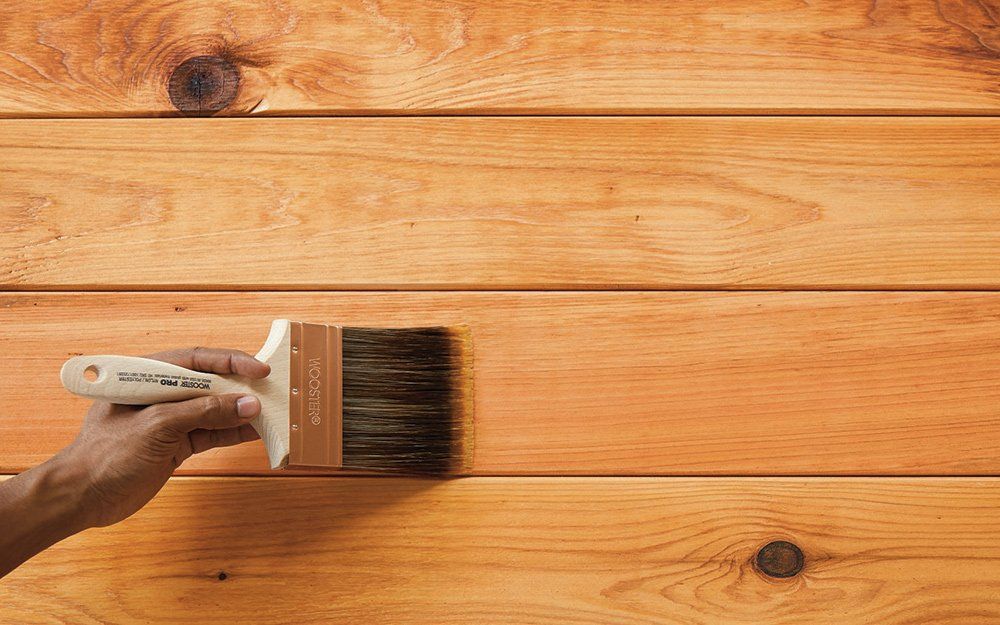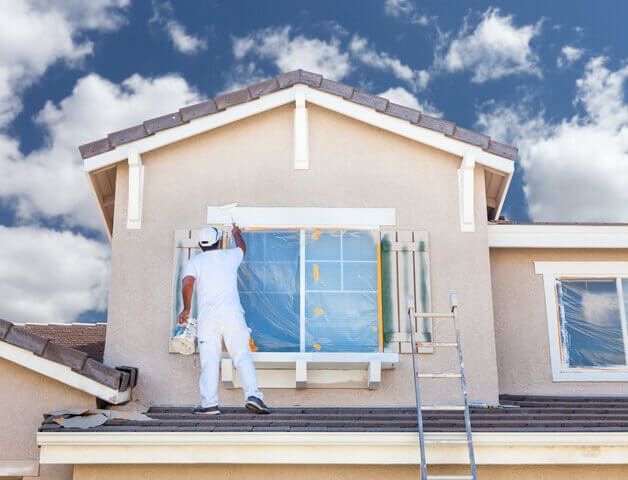How to Know How Much Paint to Buy
How to Know How Much Paint to Buy
Before you start painting the interior walls of your homes or do some painting retouch on the doors, woodwork, ceiling, and windows, it is very important to do a quick estimate on the amount of paint that you will buy and use. This process requires the need to do calculations on every surface that you need to paint.
The Proper Estimate
In order to have a good estimate on how much paint is needed in order to cover the room walls, you may want to add the length of the walls combined, multiplying the sum with the height of the room, measuring from the ceiling to the floor. The number that you will come up with is the square footage of the room.
Now that you have the measurement of your room, the next thing that you need to do is to identify how much of the actual square footage surface is considered as paintable. Since you may need to use a different paint on the windows and doors, you can subtract the areas from the total of the room. Then, you can simply deduct 20 square feet for every door, and subtract 15 square feet for every window in a room. The number that you will get will be close to the wall area that needs to be covered with paint.
Now here comes the challenging part. The paintable wall area should be divided by 350, which represents the square-foot coverage for every gallon of paint. This is to come up with the number of gallons that you need for your walls. Uneven numbers can be rounded. If the remaining amount is less than 0.5, you may want to get a couple of quarts more of the paint that will go with the gallons. If you notice that the remaining amount is over 0.5, get an extra gallon. Some users recommend buying in bulk, as it is generally more economical.
Tips to Apply
As a general rule of thumb, there are some tips that you can take into consideration. For one, you can expect to use 1 gallon of paint to be enough for around 350 square feet of the paintable surface. On the other hand, note that if the walls are actually unpainted drywall, you may need more than a gallon to do the job. This is because drywall absorbs more paint and thus consumes more paint as expected. Another thing that you need to take into consideration is the number of coats that you would like to apply. If you are painting walls that are not yet finished, dark in color, or heavily patched, it may be best to apply two coats of a coat.
Another thing to note is that when you are painting a dark color, experts add color tint on top of the white primer. The tints for both alkyd and latex paints are usually available at local paint stores; in order to expect the best results, select a shade of tint that is nearest to the color of the topcoat.
Factors to Consider
There are some factors that you want to take into consideration when getting the estimate of how much paint to buy:
Ceiling Paint
If you need to paint the ceiling of a room, including the walls, you may want to use a paint calculator, which calculates the ceiling paint as separate from the other parts of a paintable space.
Doors and Windows
It is better to use a paint calculator for this and get a good estimate for the paint to buy. When using a paint calculator, you can simply input the number of doors and windows in a room that you want to paint. The calculator will then do the job of counting and coming up with a measurement based on the square footage of the paintable area.
Number of Coats
The safest number of paint coats is two. Still, if you want to achieve a certain color or texture, then you may need to add more paints to accommodate the number of paints that you want to use in your painting.
Conclusion
Repainting your home is surely an exciting activity which can be enjoyed by the entire family. However, not knowing how to get an estimate will only mean either a lack of paint or an over the purchase. With the prices of paint also continuing to go up just like other commodities, it is very important to ensure that you only purchase the right amount of paint. With this in mind, it is very important to know the paintable surface area of any location in your room, whether it is for the ceiling, doors, windows, and others. Doing so will ensure that you will not spend too much your hard-earned money over something that you will not need.




